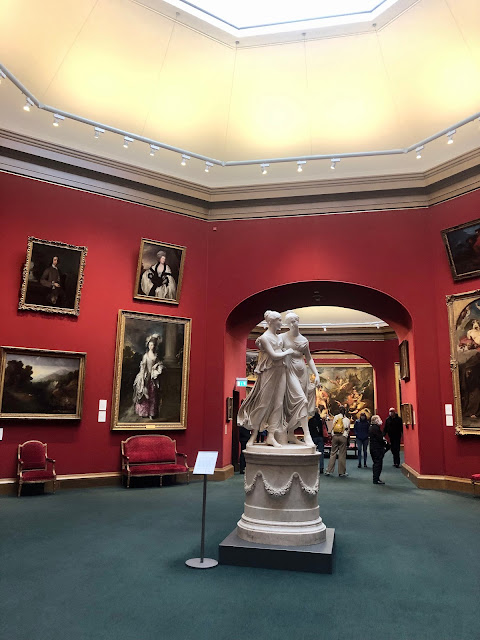Today, I turn 23. I was thinking the other day about how this series may be a little strange but I genuinely love looking back on them years later. This is the seventh iteration of ‘Me at’ and it seems wild to me and yet somehow kind of comforting being able to look back at how I’ve grown in myself alongside my blog and my writing. The person writing ‘Me at 17’ six years ago could not have imagined who I am now. In fact, I think she’d be pretty proud of the person writing ‘Me at 23’ and that’s pretty cool.
A lot has happened in the past year, although as predicted in last year’s post from the outside my life doesn’t look that different. I’m living in the same house – now with more books, more placards and a cat – doing the same degree, working in the same please, wearing (mostly) the same clothes. I love the fact that some things have remained the same. It’s nice to be in a stable place, both physically and mentally, for a little while.
Under the surface though, a lot has changed.
One of the biggest things that happened to me this year was finally starting medication for my anxiety. At several points last year, but particularly throughout October, my mental health got pretty bad and it took a while for me to make the decision to actually go on medication. It took book recommendations from pals (thank you Rosie for lending me Hands by Lauren Brown) and discussions with pals to make me take my mental illness serious and treat it like what it is: an illness. However long it took, I’m proud of myself for taking that step to look after myself. It hasn’t completely stopped my anxiety or compulsive behaviors, and I didn’t expect it to, but it has made a notable difference. I’m no longer walking down the street in fight or flight mode and that makes life a hell of a lot easier.
If you’d told me last year that I would have directly confronted the then Home Secretary and my university’s Vice-Chancellor, as well as co-organised and hosted two rallies, I would not have believed you. This year has really opened my eyes to what I’m capable of doing, as well as recognising when I need to step back for my own wellbeing. My imagination is brimming with ideas for things to do and write, but even if I may not have the capacity to carry them out right now I can pass on the ideas to someone else. The team is the best part of these. The actions my past self would have been in awe at me for doing is all possible because of the team in place to carry them out. Together, we are so much more powerful than if we stand alone.
Many of the friendships I made and developed at 22, largely down to being more involved with activist groups like GNDR and the campaigns I’ve been part of, I now can’t imagine my life without. Some friendships aren’t meant to last forever. They can come and go and be meaningful even if they’re only around for a short amount of time. And that’s okay. At the same time as those friendships come and go in cycles, others come along and feel like home. I’m so grateful to the friends who I might not see as much as I would like (frankly that includes pretty much all of them), but whom I know I can be my full self with. There is so much joy to be had even when things around us are looking godawful. Friendship is what makes it all worthwhile. Joy became a real priority for me at 22, and I don’t want to let that go at 23.
After finishing my undergrad, I was desperate to start reading more for fun again but wasn’t sure if I’d end up in a reading slump. Luckily, there hasn’t been one huge reading slump. I’ve read less for fun while I’ve had more uni reading to do, but when I’m in the writing stages of a project I am able to speed through books. I feel like I’ve been able to regain my love of reading that may have straggled a little bit when I was doing my undergrad (simply from the amount of prescribed reading I was doing then compared to then freedom I have since gained). There was a couple of weeks last August when I read 12 books, and the vast majority weren’t related to my work in the slightest. Getting caught up in a story just for the sake of it, so that you spend an entire afternoon with your nose stuck in its pages or stay up hours after you’d planned on going to sleep because you can’t tear yourself away from it is magical. I miss that feeling when I don’t have it and want to be in the position to spend as much of my life reading underneath a blanket with a big cup of tea as possible.
Ooh, and I’m a dye-induced ginger now! I love it a lot and probs won’t give up the ginge life anytime soon.
Here’s to reading good books, wearing good clothes, and laughing with good friends.
This is me, at 23.
Instagram | Bloglovin' | Pinterest | Twitter
























